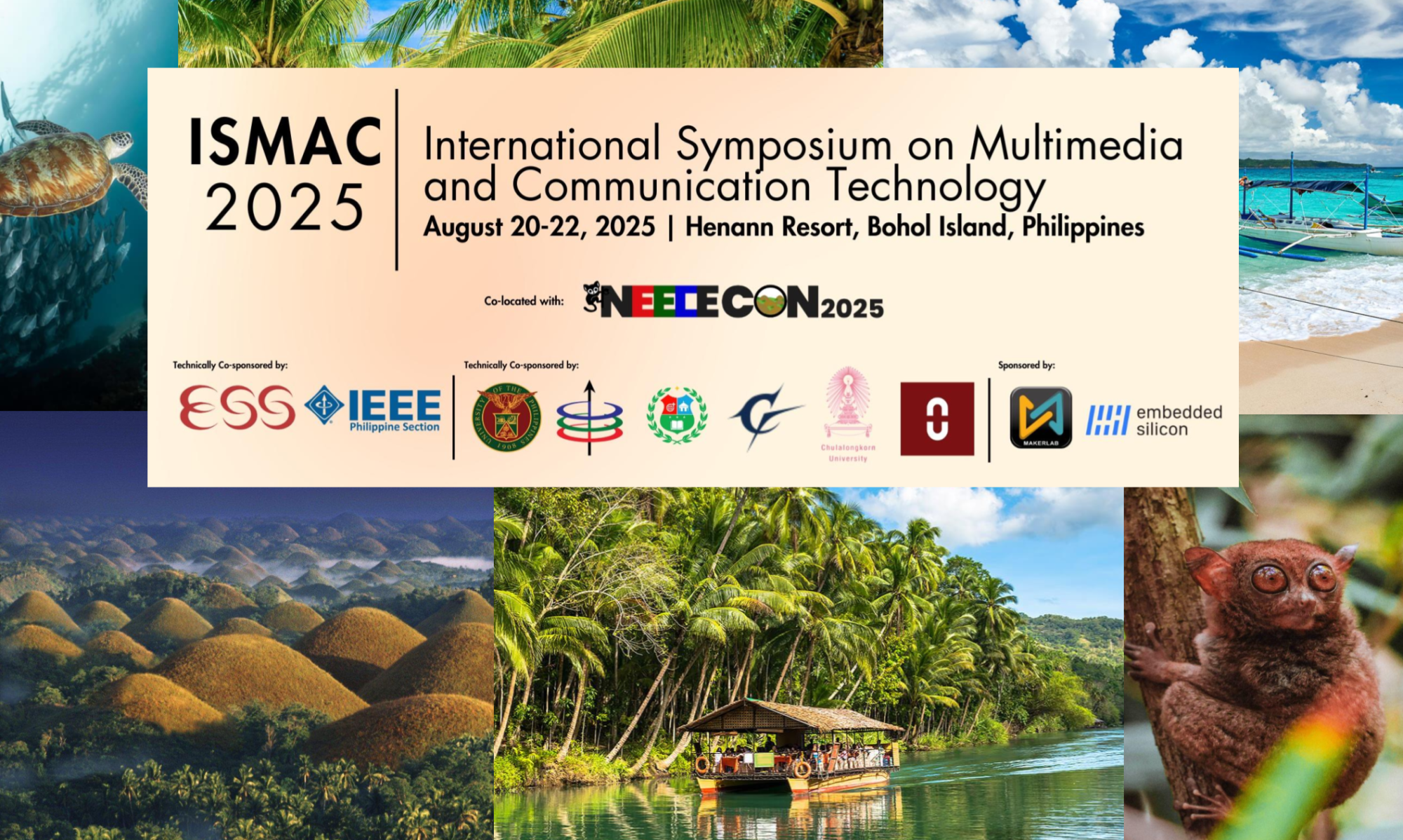Dr. Masatoshi Suzuki
Jade Room
Information and communication technology (ICT) is widely spread worldwide, and our life has been drastically changed by ICT, which provides us with various services in our daily lives, business and industries, such as global Internet, SNS, e-mail, telephone, tele-working and so on. Optical communication systems that underpin and enable our worldwide communications infrastructure. In this presentation, as a commemorative lecture of 2025 John Tyndall Award, the innovative technologies that enabled significant capacity growth of optical communication systems, such as Er-doped optical amplifiers (EDFAs), wavelength division multiplexing (WDM), dispersion managed soliton, and digital coherent transmission, are reviewed. Future technologies leading to further capacity increase for 5G/6G mobile systems and core networks based on space division multiplexing (SDM) are also addressed.

